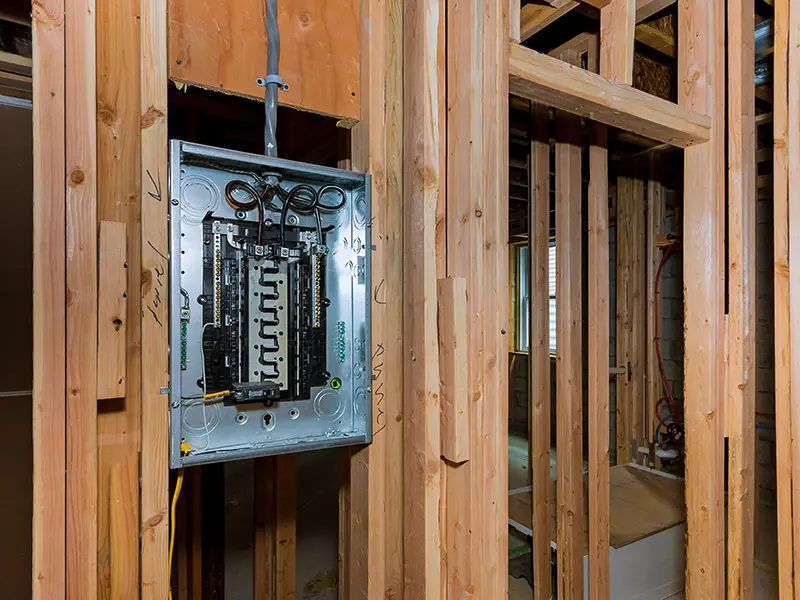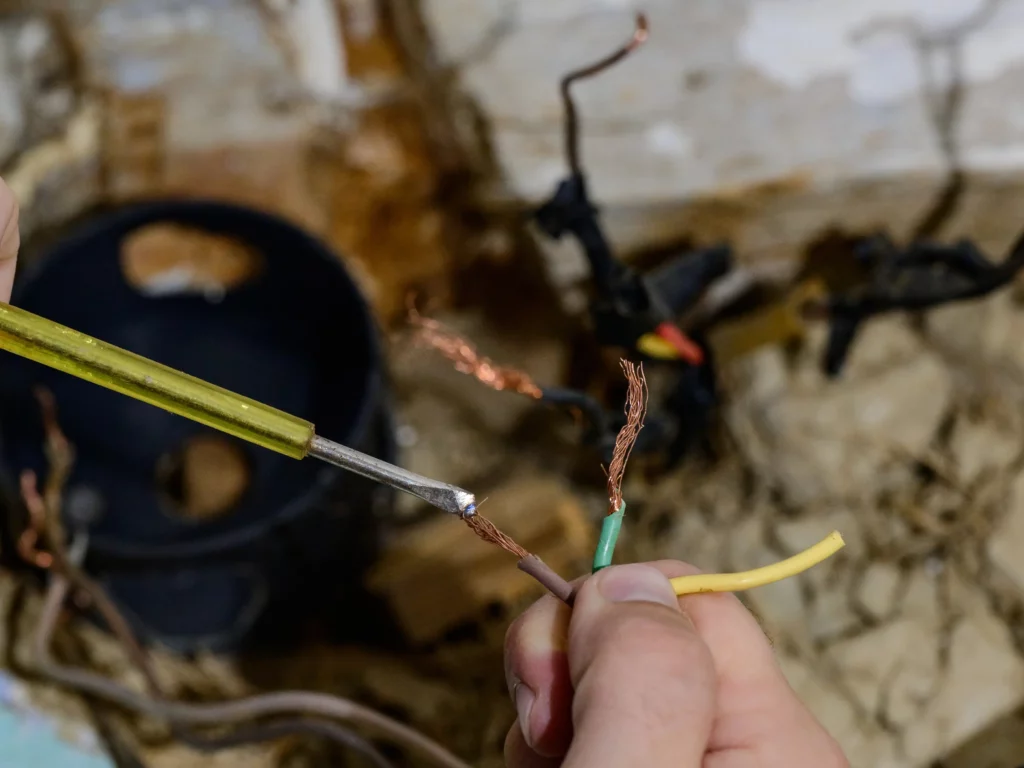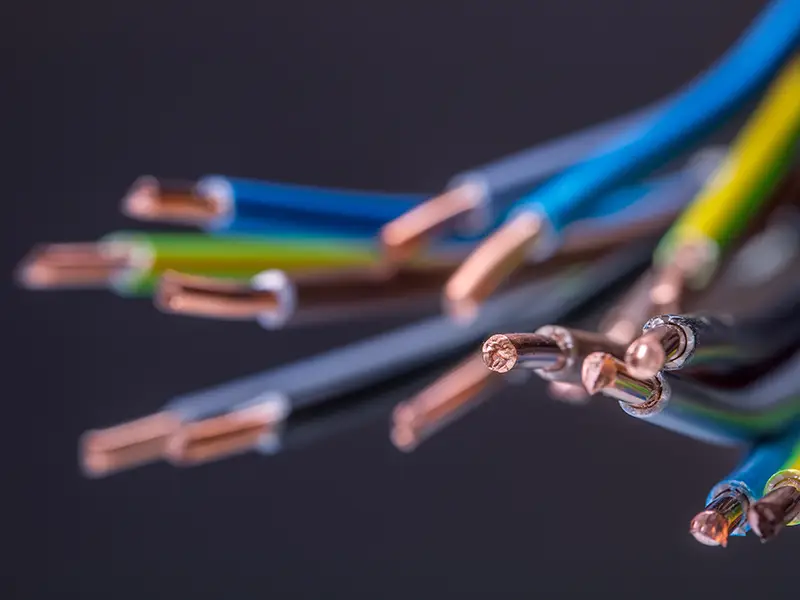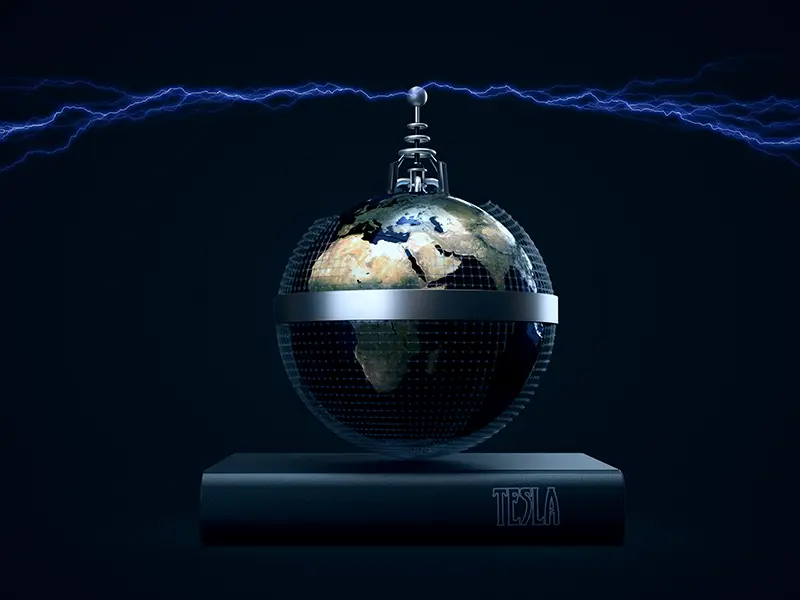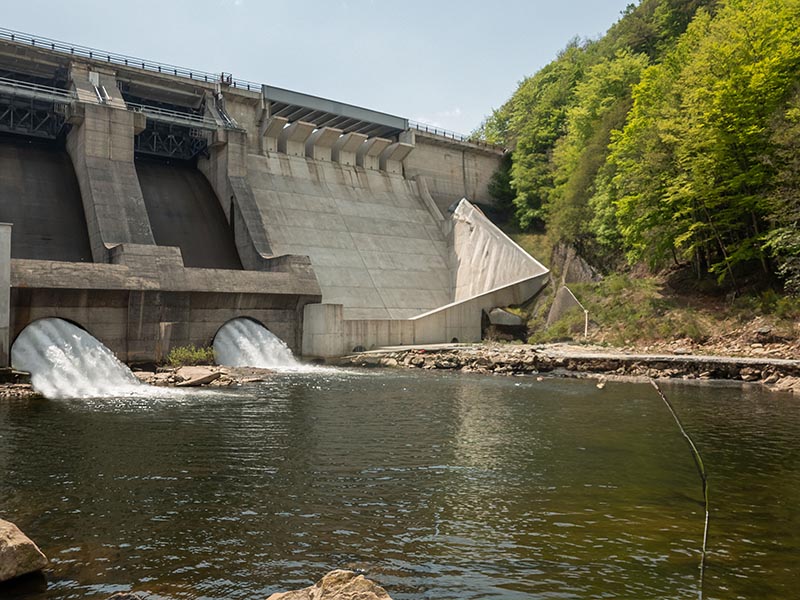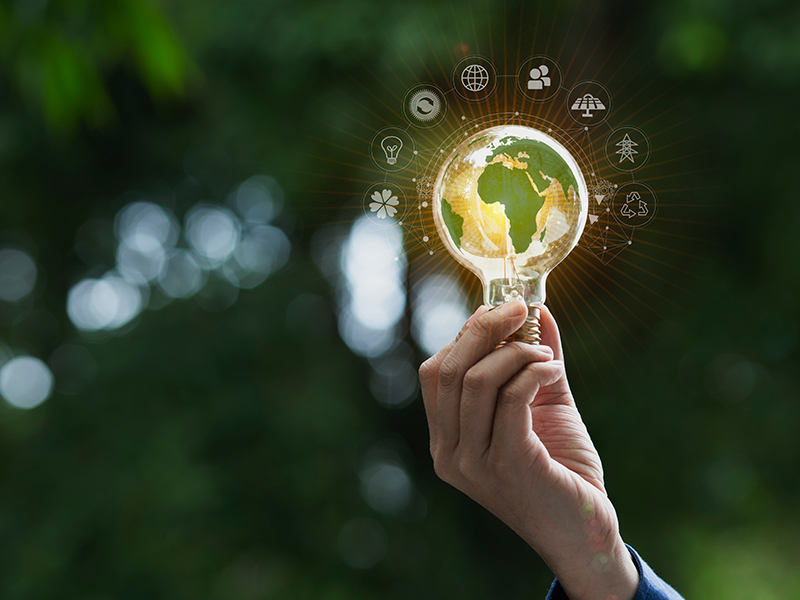wiring
How to Prepare Your Home’s Electrical System for a Remodel
Planning a home remodel? Don’t overlook the electrical system—it’s the backbone of modern comfort and convenience. Whether you’re upgrading a kitchen, adding a room, or finishing a basement, it’s crucial to factor in your current electrical capacity and future needs. Start by consulting a licensed electrician early in the planning process. They can assess your…
Read MoreThe Dangers of Old Wiring (And When It’s Time to Replace It)
Outdated electrical wiring is more than just an inconvenience, it’s a ticking time bomb for homeowners. As wires age, their insulation can degrade, exposing them to moisture and creating the perfect conditions for short circuits and electrical fires. Furthermore, old wiring often cannot handle the demands of modern appliances, leading to overloaded circuits and increased…
Read MoreElectrical Wire Gauge
Wire gauge is a measurement of wire diameter. This determines the amount of electric current a wire can safely carry.
Read MorePowering the Future
The future of electricity is a dynamic and evolving landscape, shaped by technological advancements, environmental considerations, and shifting consumer demands. As we move towards a more sustainable and interconnected world, the way we generate, transmit, and consume electricity is undergoing a profound transformation. At the forefront of this transformation is the rapid growth of renewable…
Read More3 Phase vs. Single Phase Power
Single Phase power is a two wire Alternating Current (AC) power circuit. Most people use it every day because it’s the most common household power circuit and powers their lights, televisions and some appliances. Typically there is one power wire and one neutral wire, and power flows between the power wire (through the load)…
Read MoreThe Scorching Arizona Summer
Because of the warmer weather in the summer, the overall energy usage rises. Electricity demands increase drastically during the scorching Arizona summer. You can save energy by keeping window blinds, shutters or drapes closed during the daytime. Operating a refrigerator in a hot garage can cost you up to $15-$20 in electricity per month.…
Read MoreEnergy From Wind
For centuries, windmills usually were used to mill grain and pump water. The use of windmills was increasingly widespread from the 12th century until the early 19th century. Today’s modern wind turbines only produce electrical power, producing anywhere from 50 kW up to 600 kW. Call Rogoz Electric at 623-636-5648 for all your commercial and…
Read MoreNikola Tesla Was an Inventor and Futurist
Nikola Tesla was an inventor and futurist who is best known for his contributions to the design of the modern alternating current (AC) electricity supply system. Tesla tried to put his inventions to practical use in his Wardenclyffe Tower project, an intercontinental wireless communication and power transmitter. Tesla’s intention was to develop a system that…
Read MoreElectricity From Water
Hydropower has been used since ancient times to grind flour and perform other tasks.
Read MoreSmart Homes of the Future
Smart Homes of the future using the Internet of Things will require specialized electrical needs.
Read More